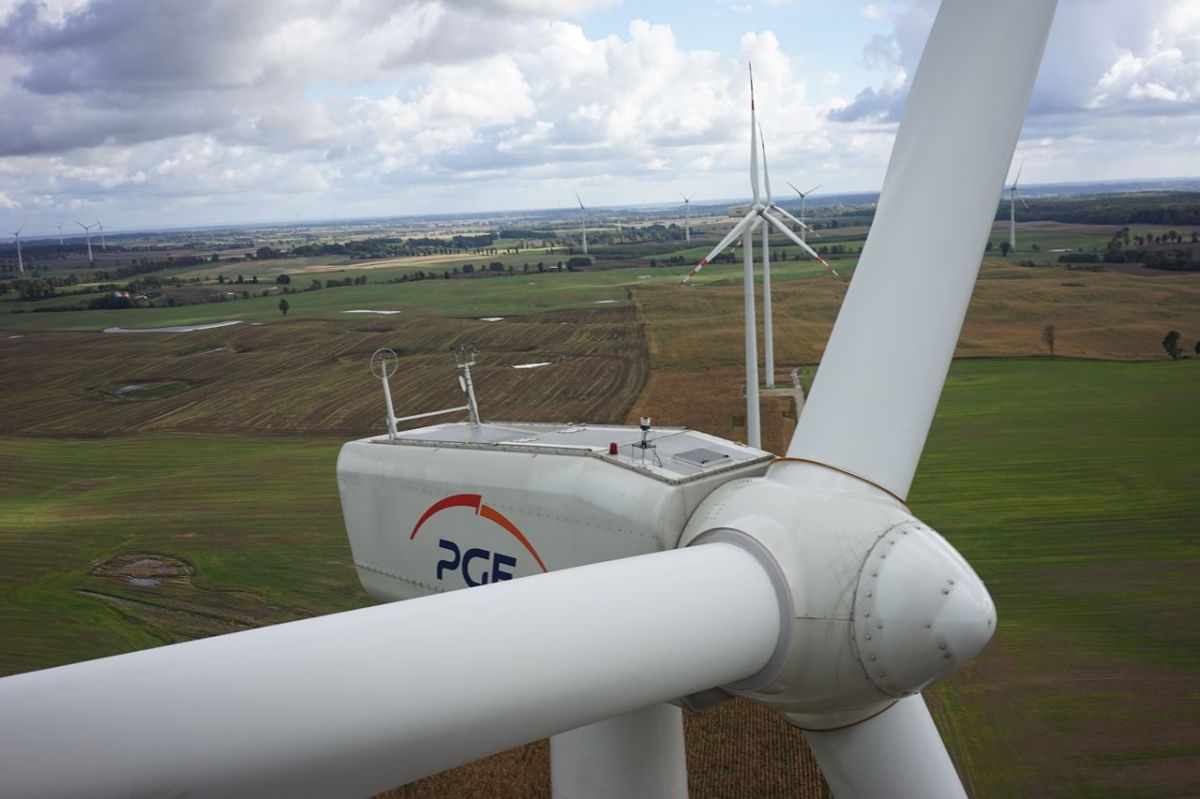Back in 2018, the Polish government announced that all wind farms in the country would be scrapped by 2035, but since then it has performed something of a U-turn. Not only is it planning to introduce legislation to ease the construction of wind farms in Poland, but currently plans are afoot to turn the Baltic sea into a massive power generating plant – with government owned firms, such as petrochemical company PKN Orlen and PGE, being among the frontrunners to install offshore turbines.
Don’t stand so close to me
Although such projects in the sea are now picking up pace, the situation back on land does not look so rosy. “While offshore development seems promising, it is quite disheartening to see that current legislation is still hampering the development of onshore projects. The current restrictions – the so-called 10H distance act – prohibit the development of onshore projects on 99.7 pct of Poland’s territory. The rule introduced in 2016 is simp































































